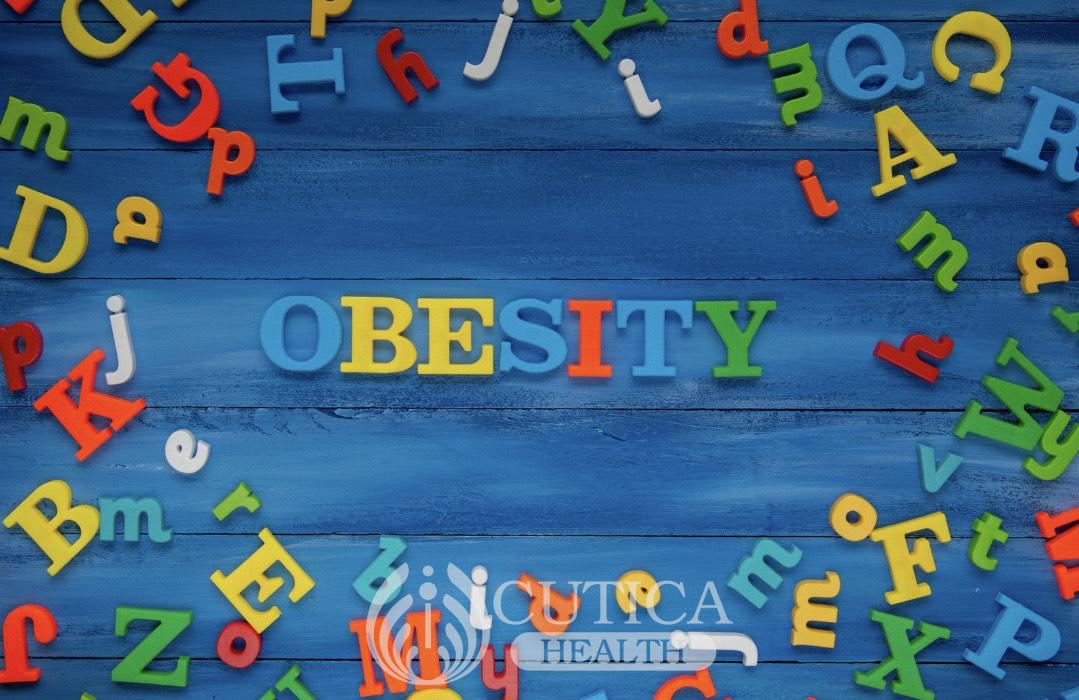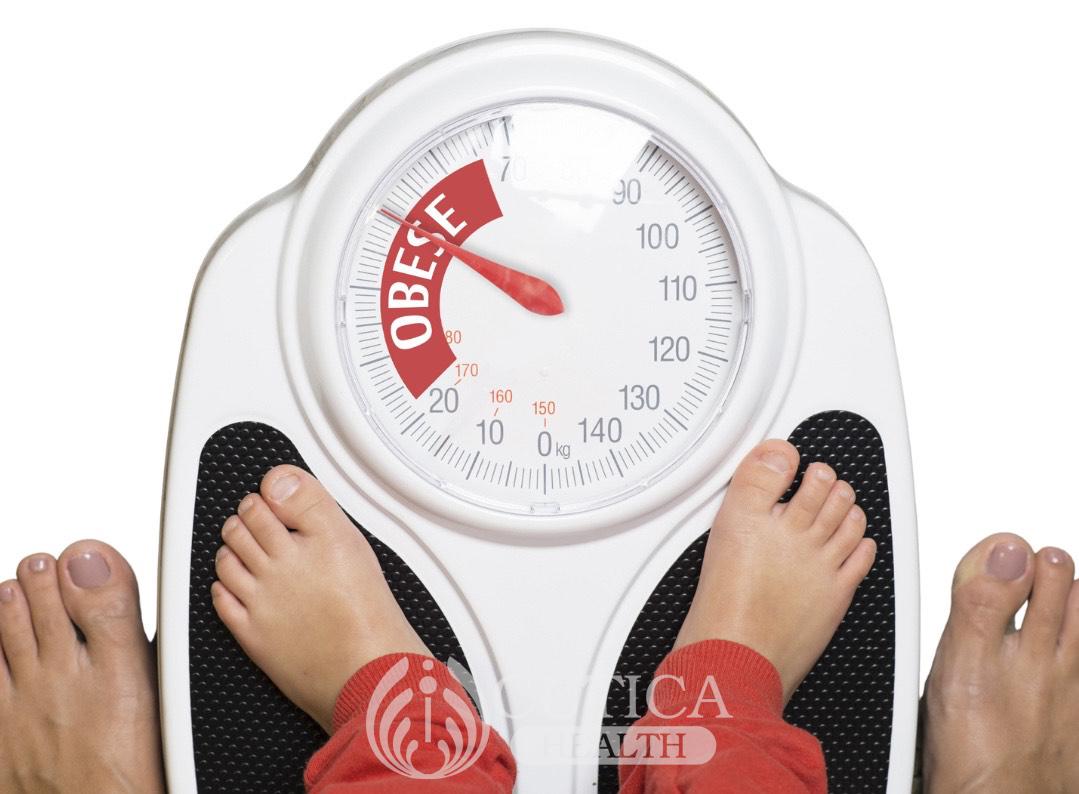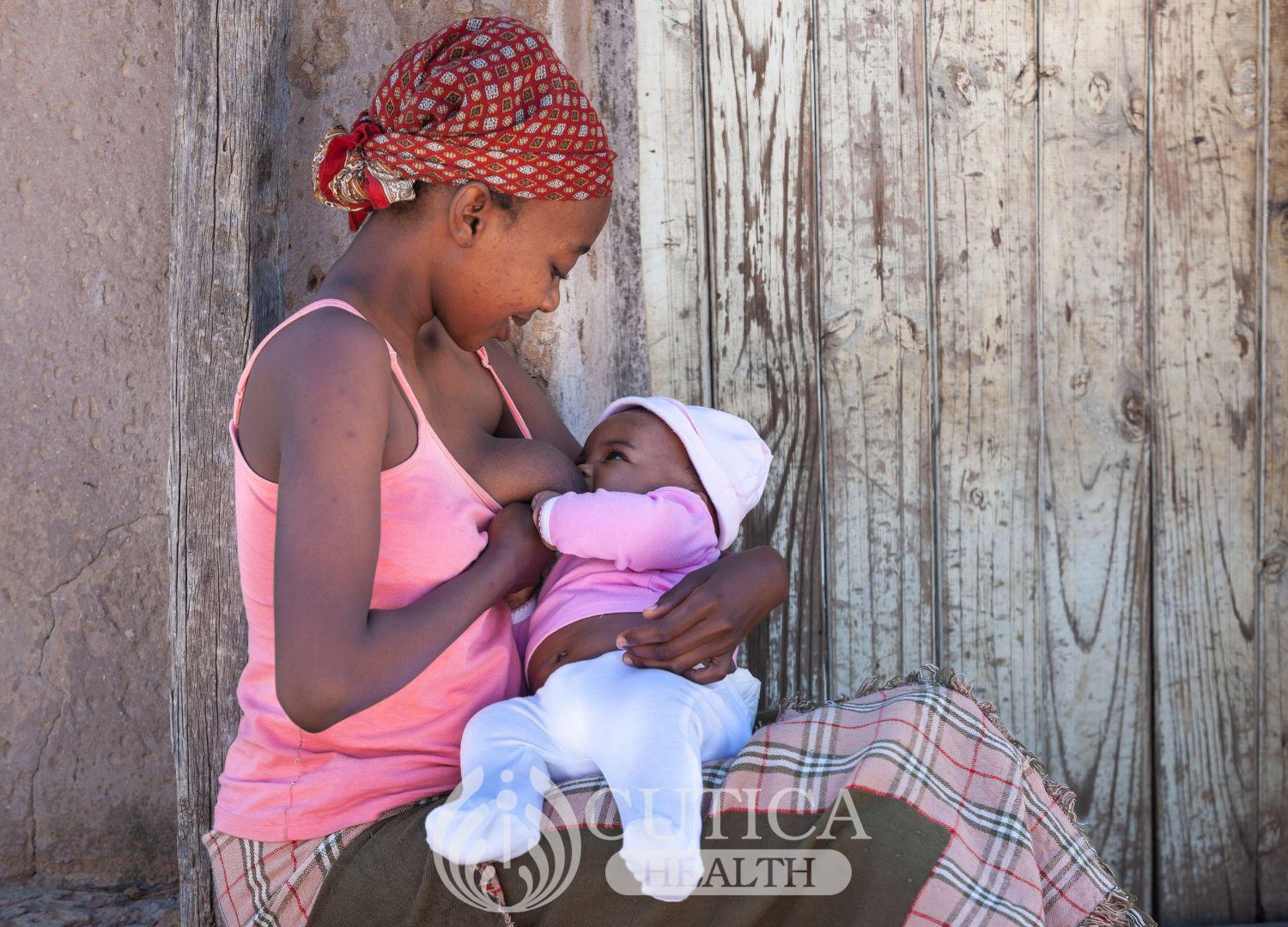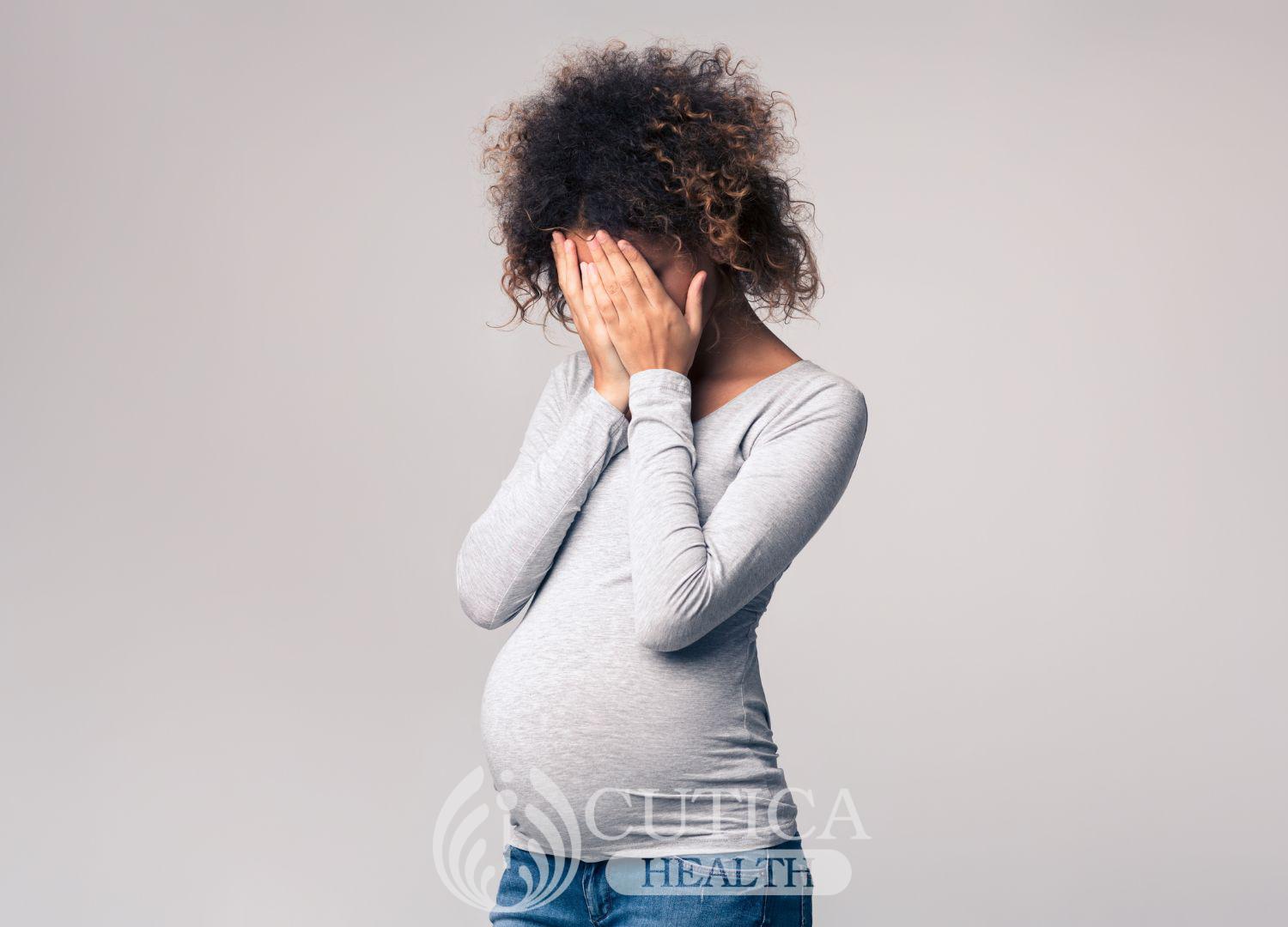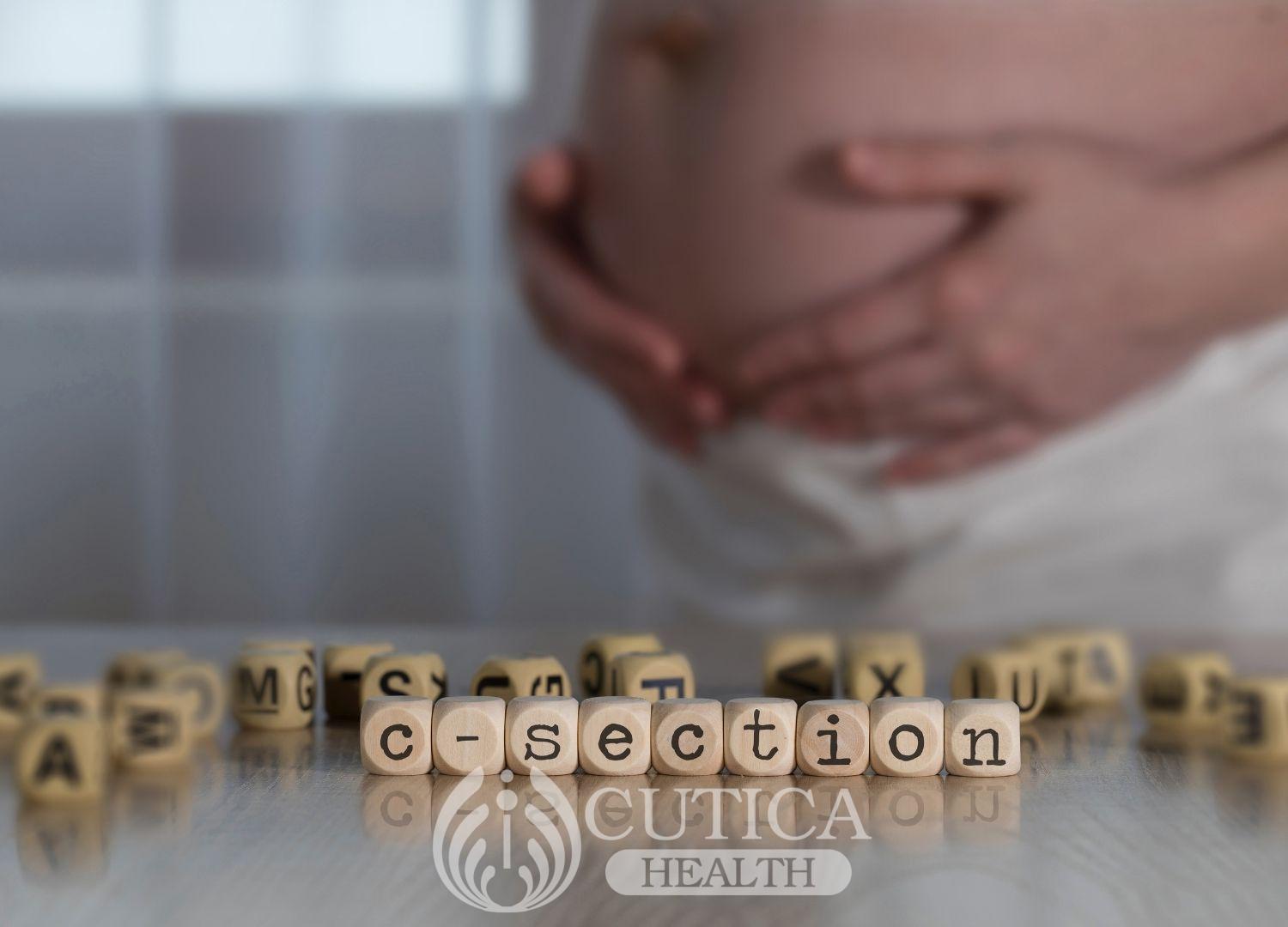
Cesarean birth (also called C-section) has gained popularity in many parts of the world in the last half century. A procedure once rejected as “unnatural” and unsafe has now been widely accepted as a safe procedure to deliver babies. However, doctors do not always opt for a cesarean section unless under certain conditions.
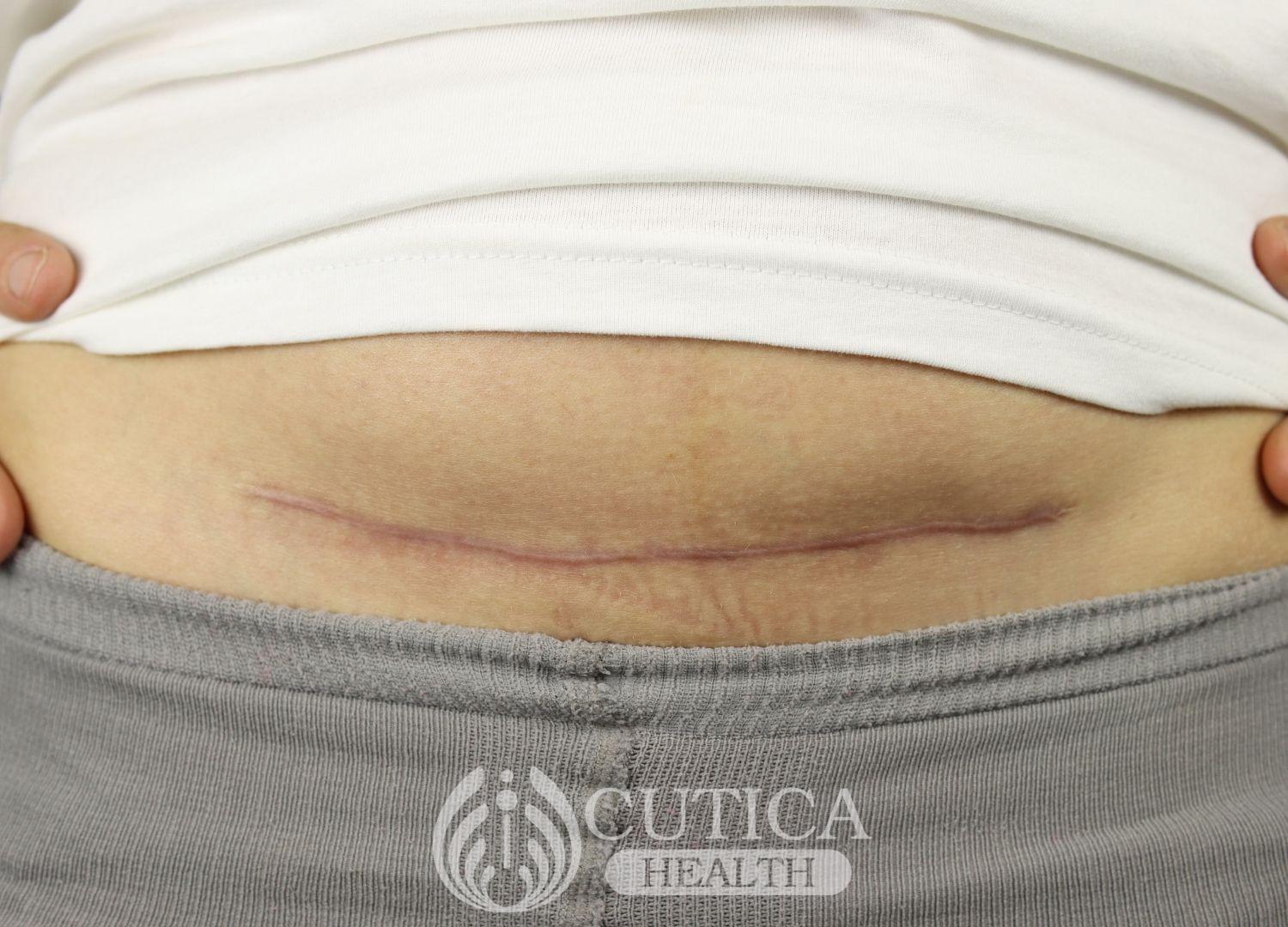
Below are some of the indications of a cesarean section:
The reasons for a cesarean section may be due to maternal concerns or concerns about the baby. Maternal concerns that may necessitate a cesarean section include:
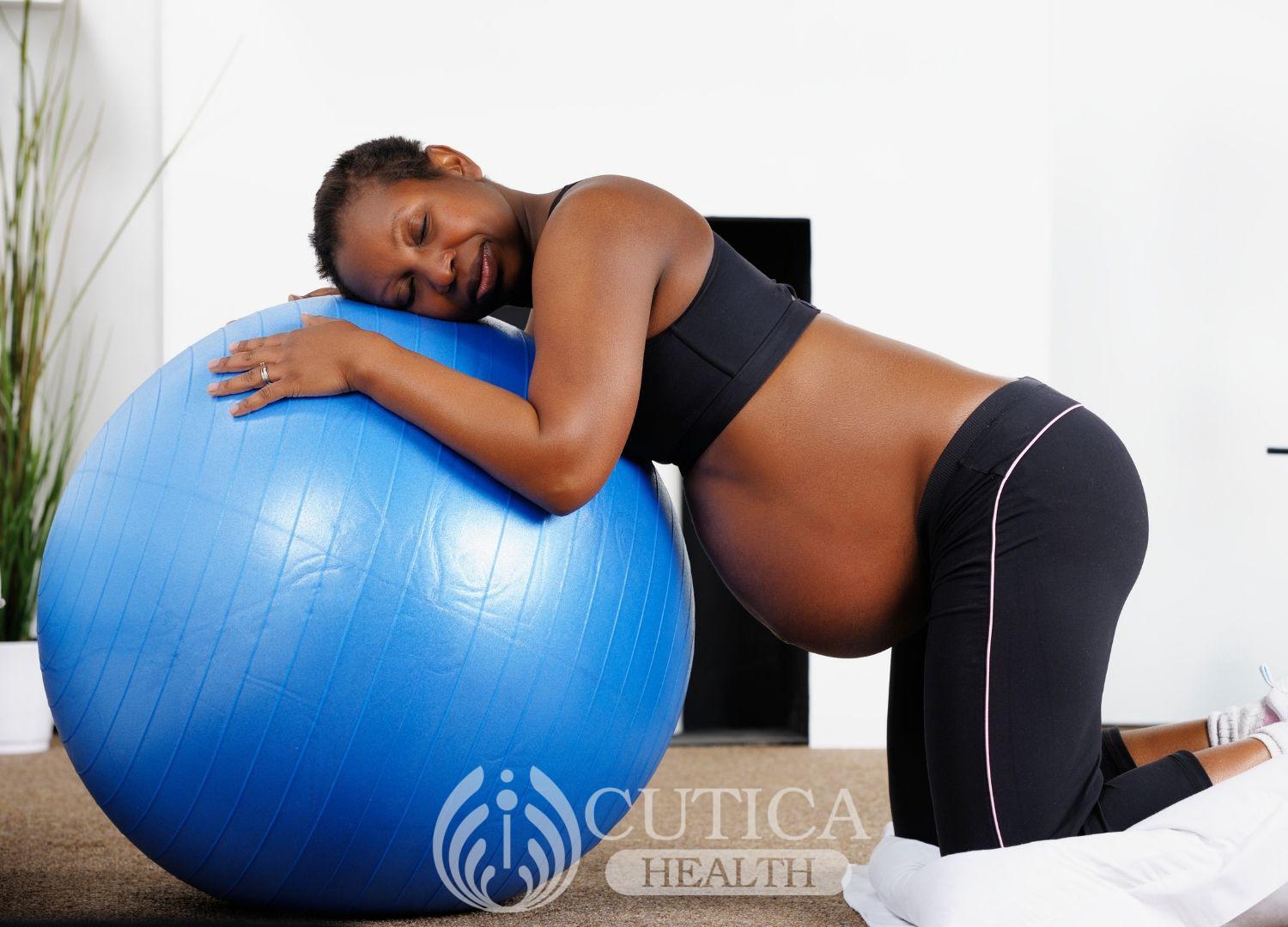
- Repeat Cesarean section: Although women can still give birth vaginally after a cesarean section, it could be necessary to have a repeat procedure under some circumstances. For example, after multiple C-sections; in this case, it is only safe to have another C-section after about two or three C-sections to prevent rupture of the womb.
- Obstructed Labor: Sometimes, labor does not progress the way it should and the baby stays stuck in the pelvis. This could be due to obstruction from a narrow pelvis or from a very big baby or when the mother has some obstructive growths in the womb and birth canal, such as fibroids or some form of genital cancers.
- Arrest of Labor: In some situations, the power of the womb to contract reduces. This may happen for no reason or as a result of prolonged contraction. When this occurs, it is best to have a C-section to save the baby and the mother.
- Placental Problems: The common placental problems that affect labor and delivery are placental abruption and placenta previa. In the former, the placenta tears off the wall of the womb while in the latter, the placenta blocks the descent of the baby. In both situations or depending on the degree to which they put the mother and her baby at risk, an urgent or planned cesarean section is necessary.
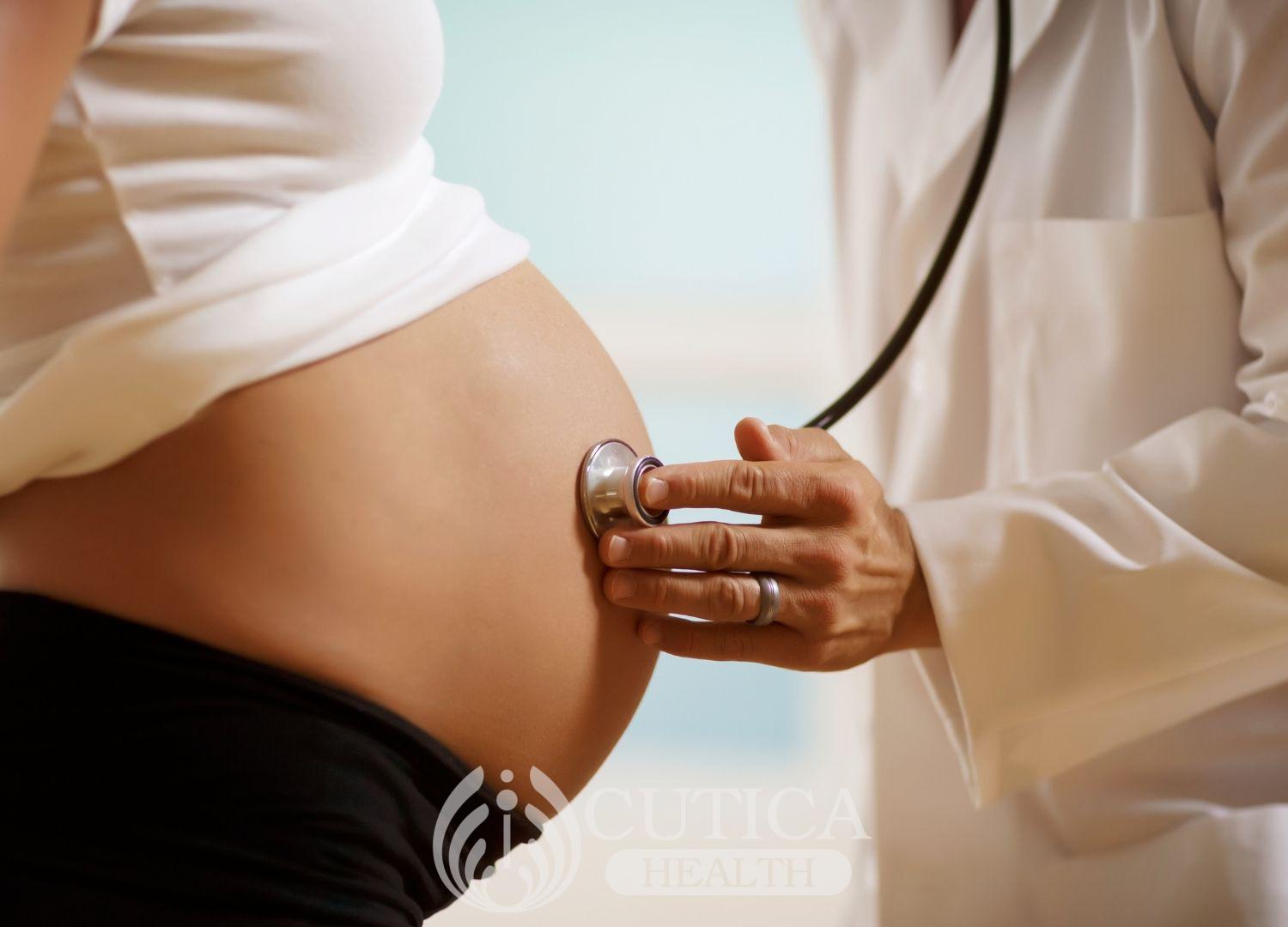
Concerns about the baby that may necessitate a C-section include:
- Fetal Distress: In simple terms, the baby is tired. But speaking in medical parlance, further contractions of the womb puts the baby at risk of death. Fetal distress occurs when the baby’s heart rate becomes too fast, suggesting that it may not be getting enough oxygen. In this situation, an urgent C-section is needed.
- Malpresentation and malposition: Doctors often say a baby lying with the head down and the legs up is a normal position to allow for a smooth delivery. The head facing down is the normal presentation. If the baby assumes a different position or presentation from this, it may necessitate a cesarean delivery.
- Congenital Problems: Some congenital malformations that affect the baby, including hydrocephalus where the baby has an abnormally large fluid-filled head, require a cesarean birth.
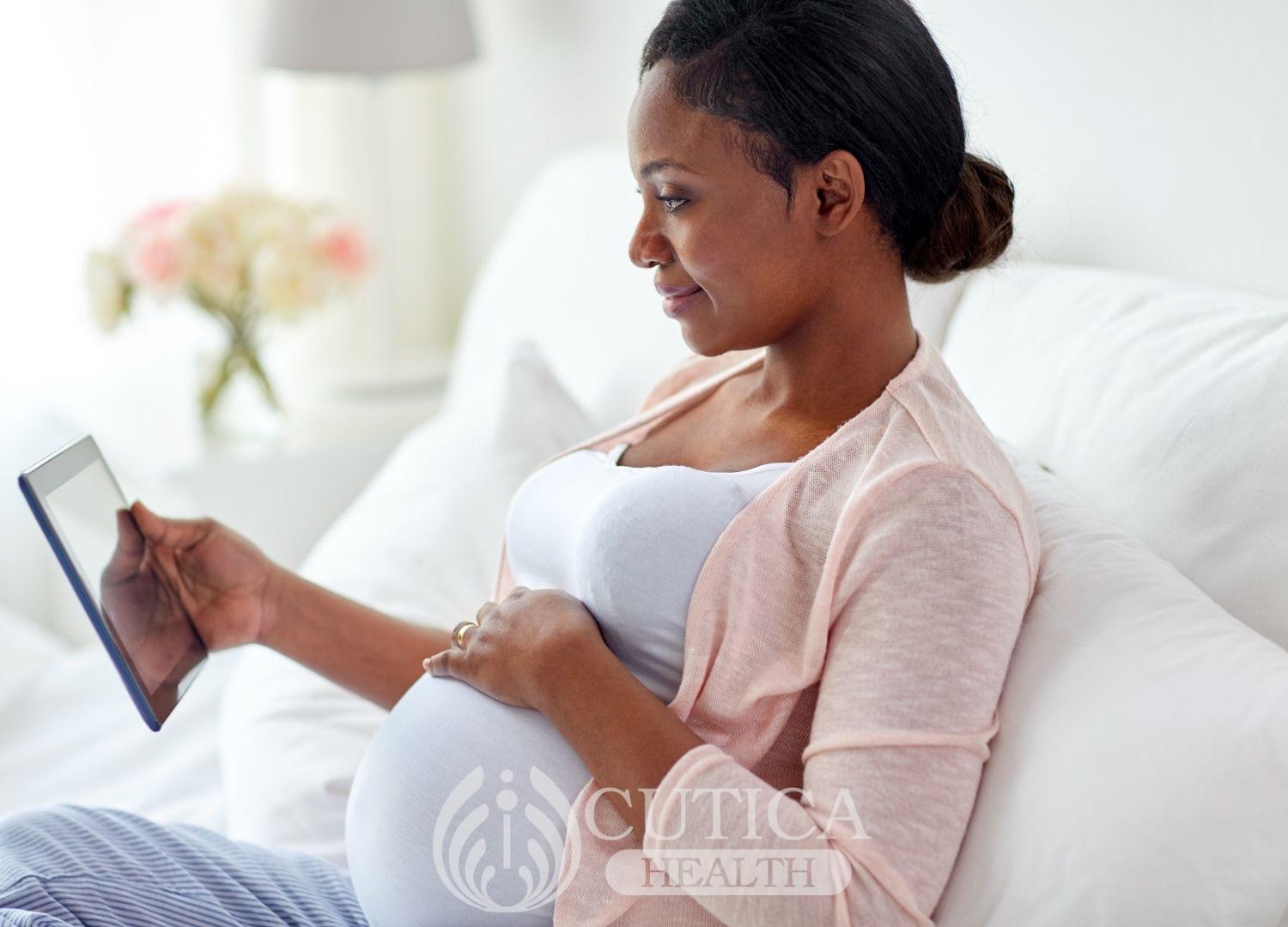
Overall, cesarean section is a safe and life-saving procedure, but not without its risks. Unless there are maternal and fetal concerns requiring it, vaginal delivery is still recommended. Speak with your doctor if you have any more concerns about your pregnancy as well as the risks and benefits of this procedure before making a decision.




